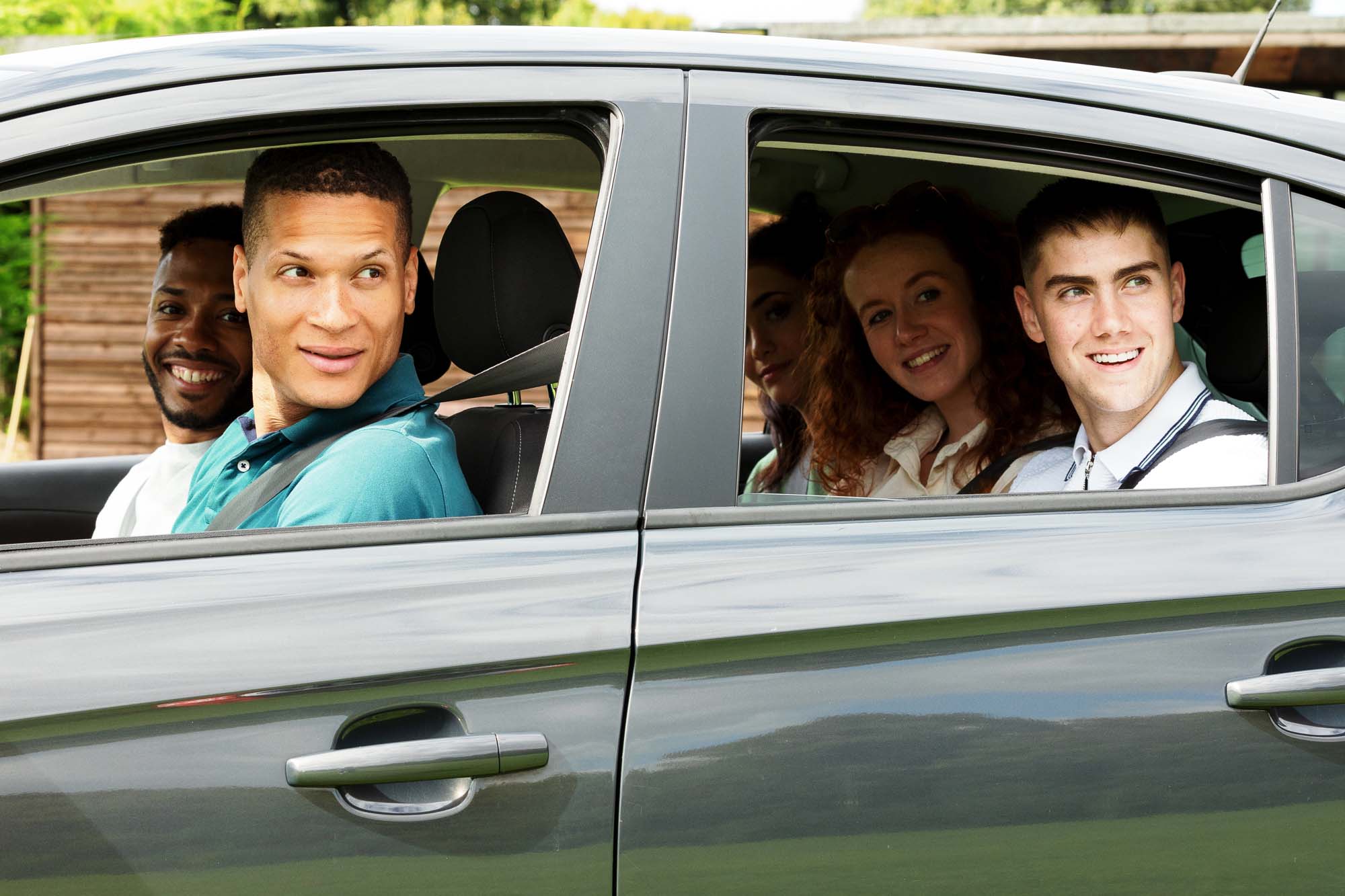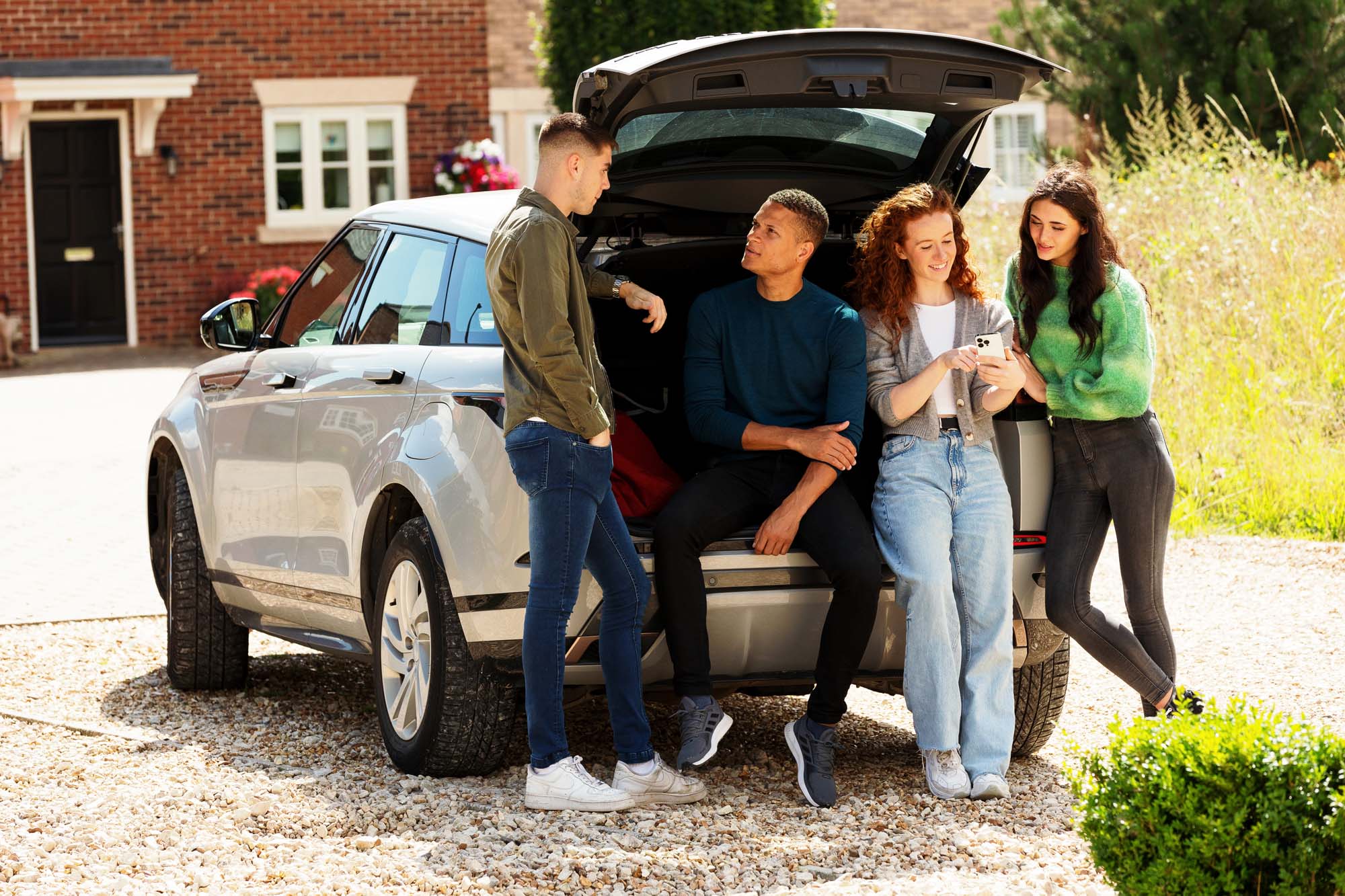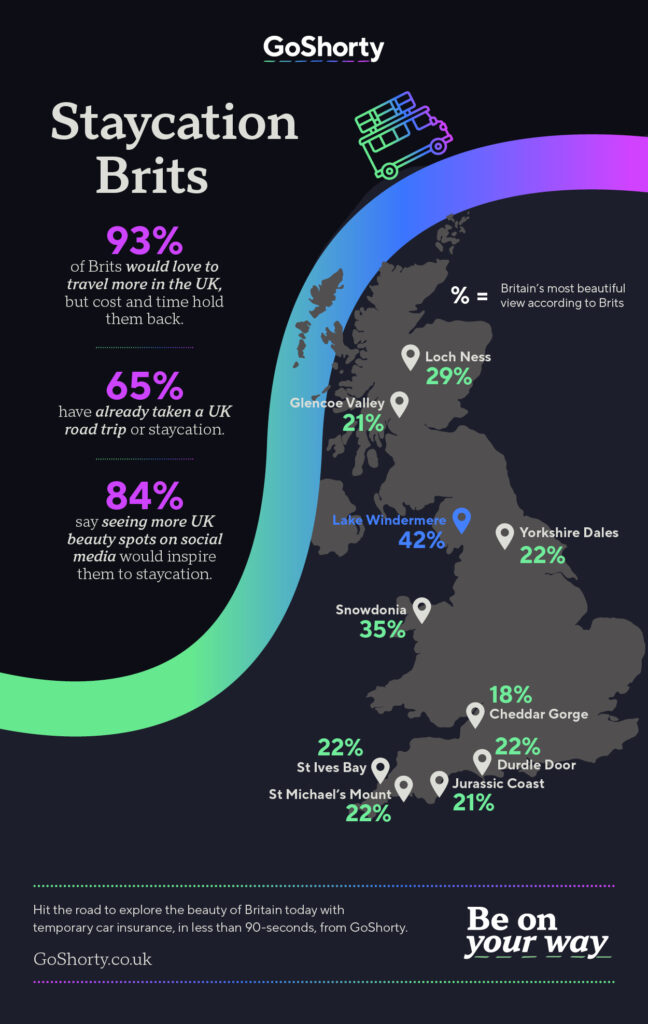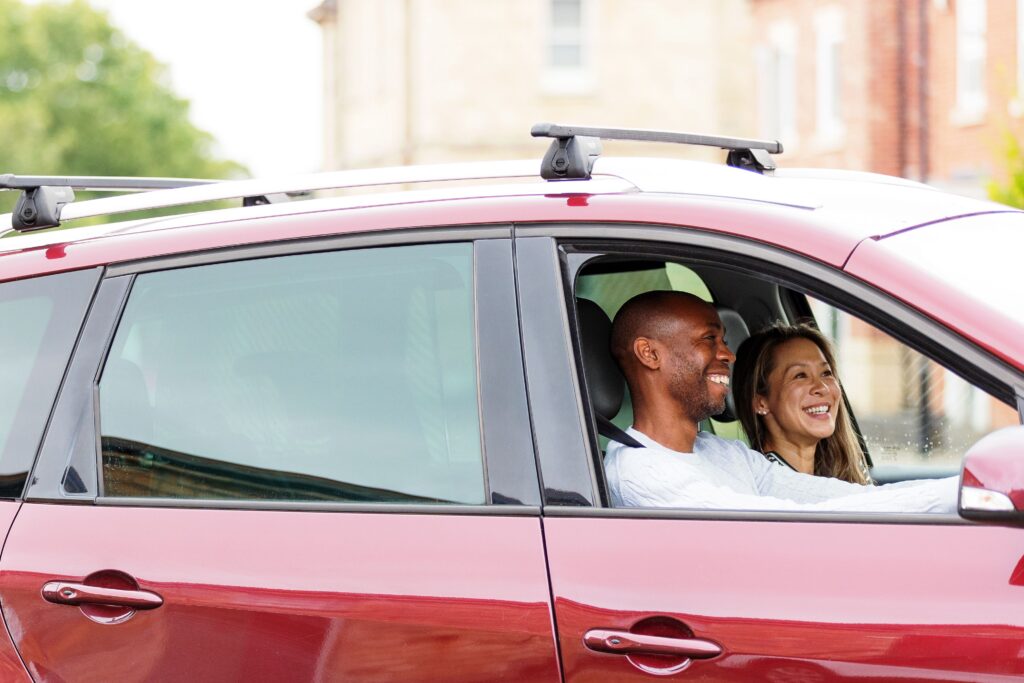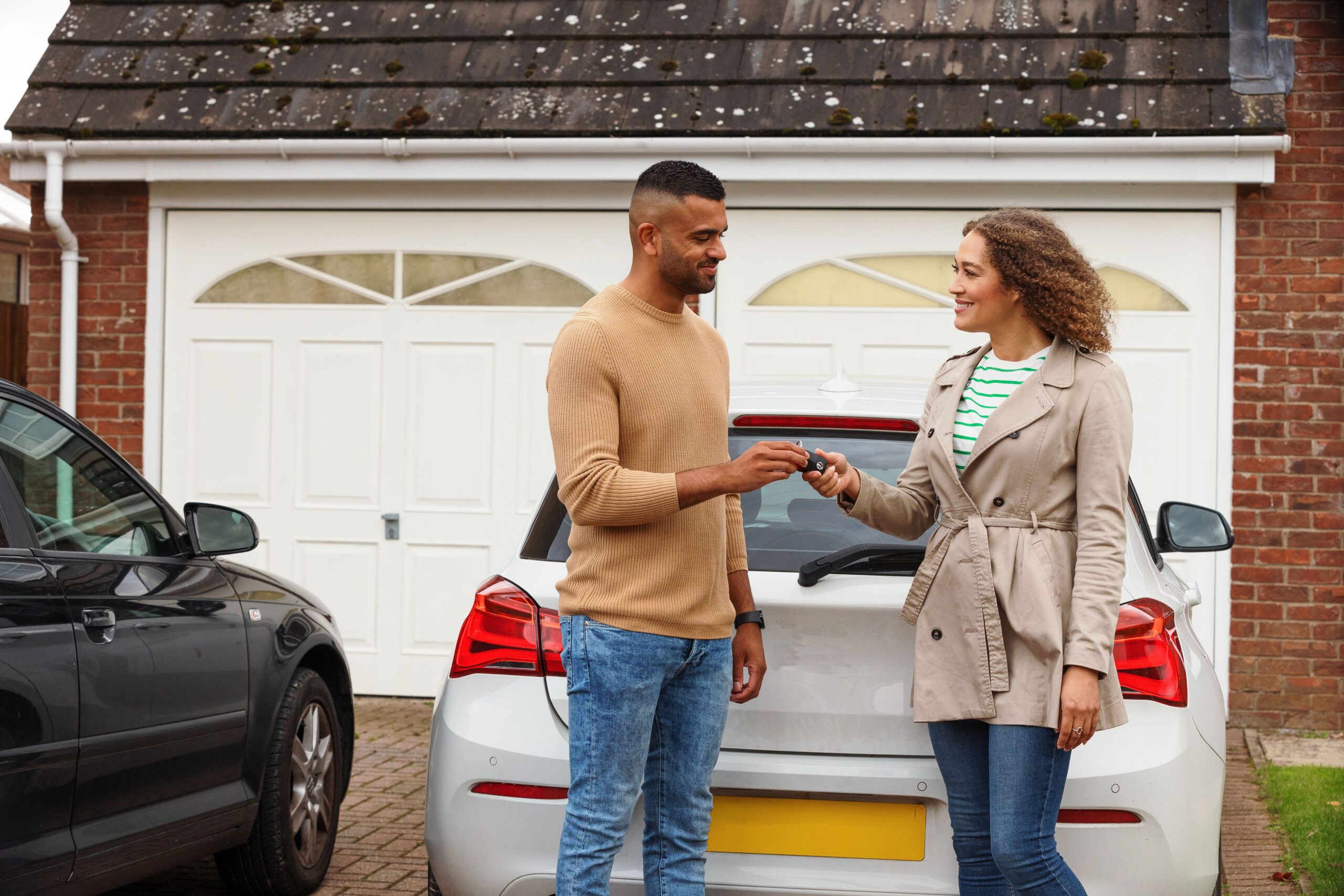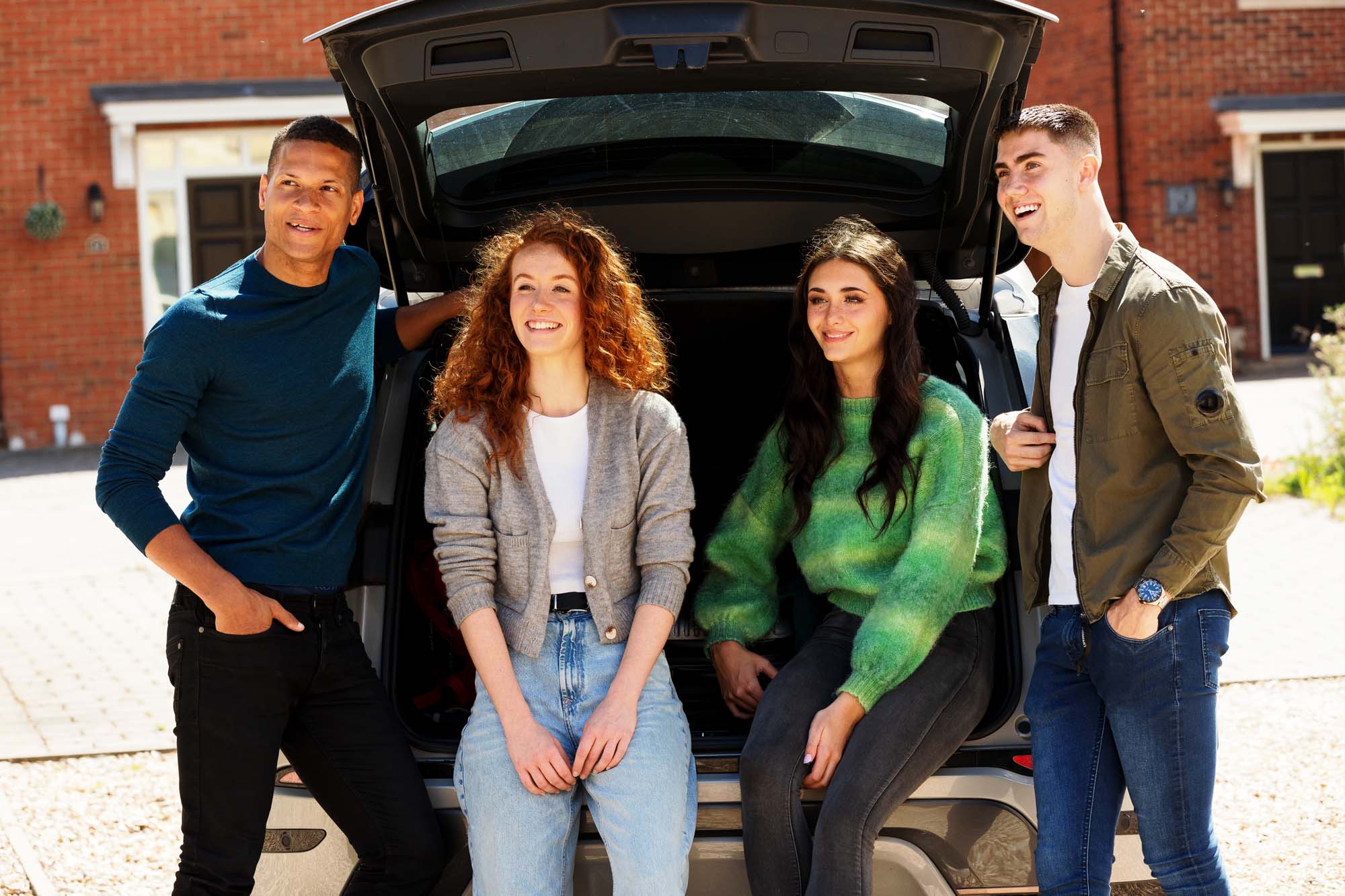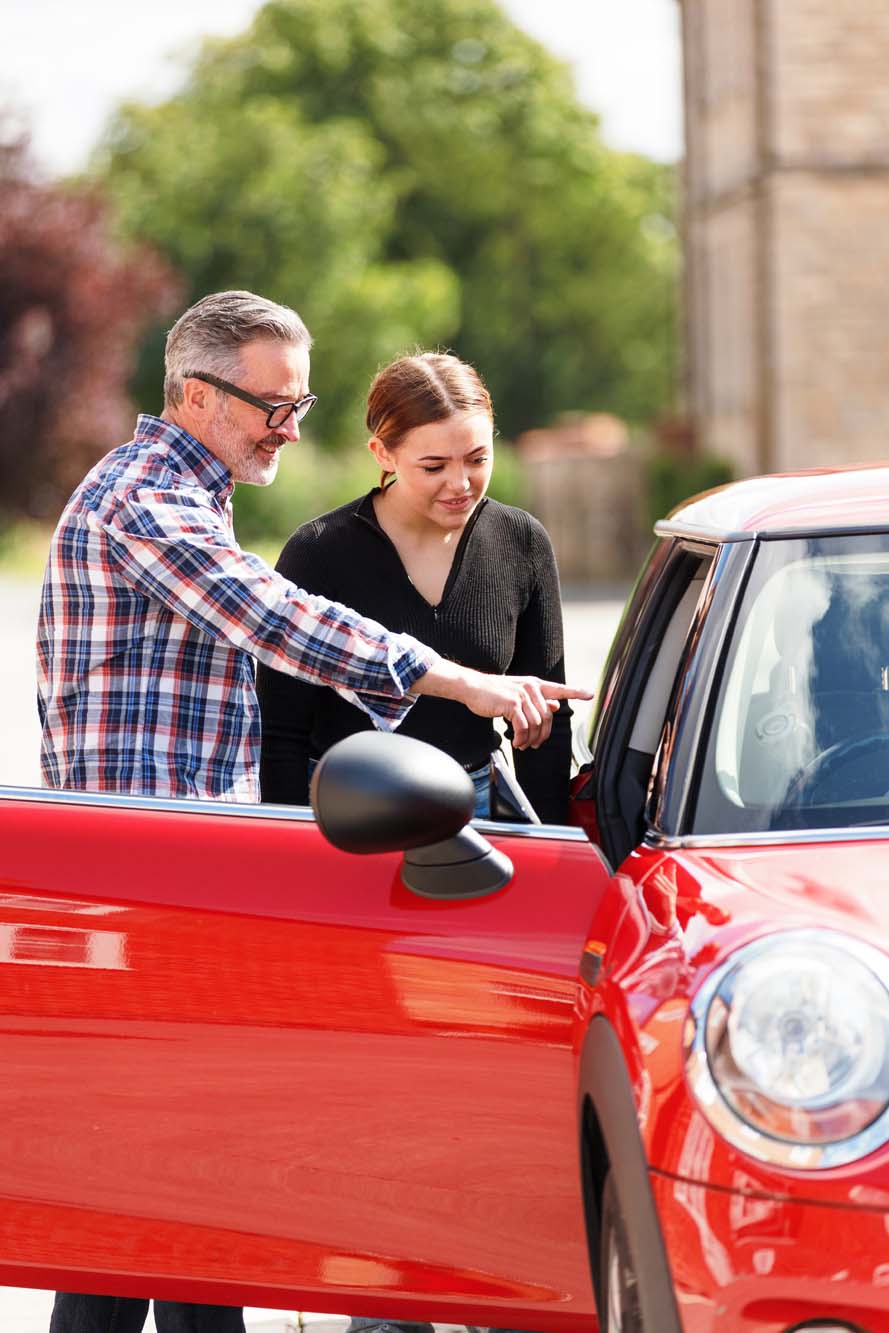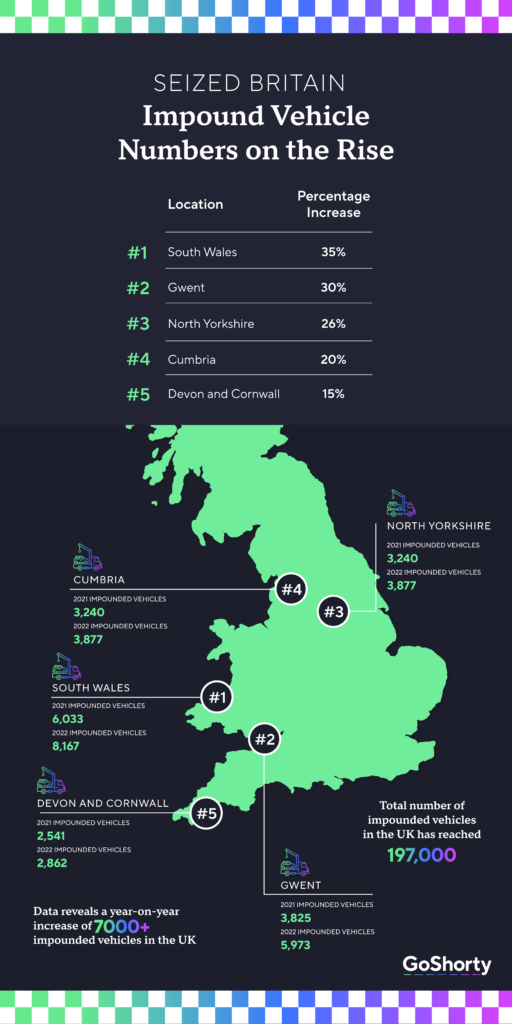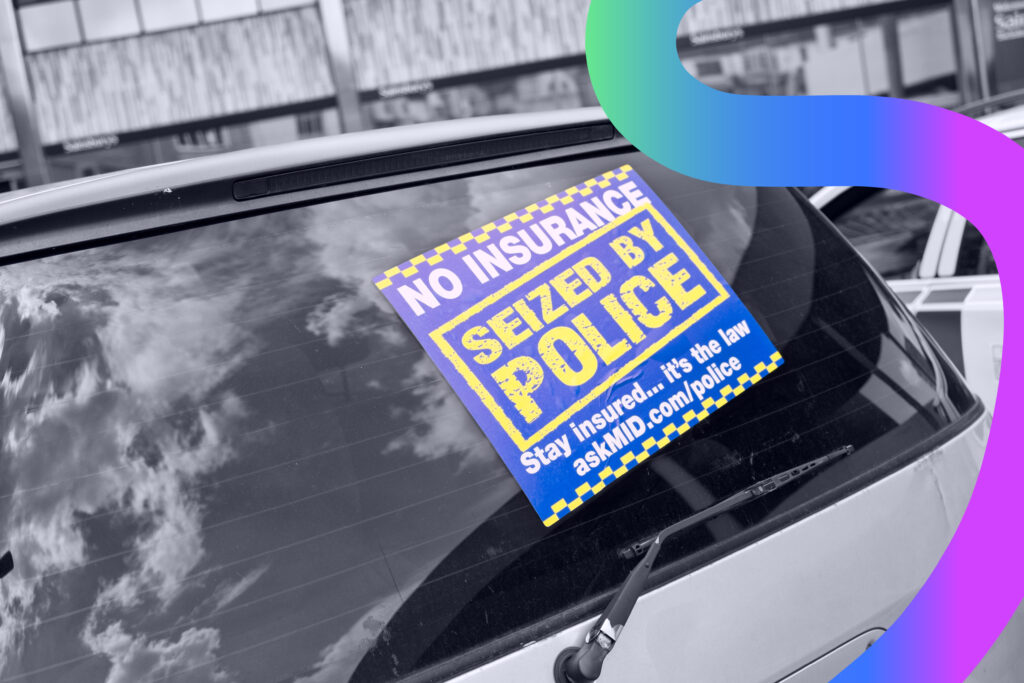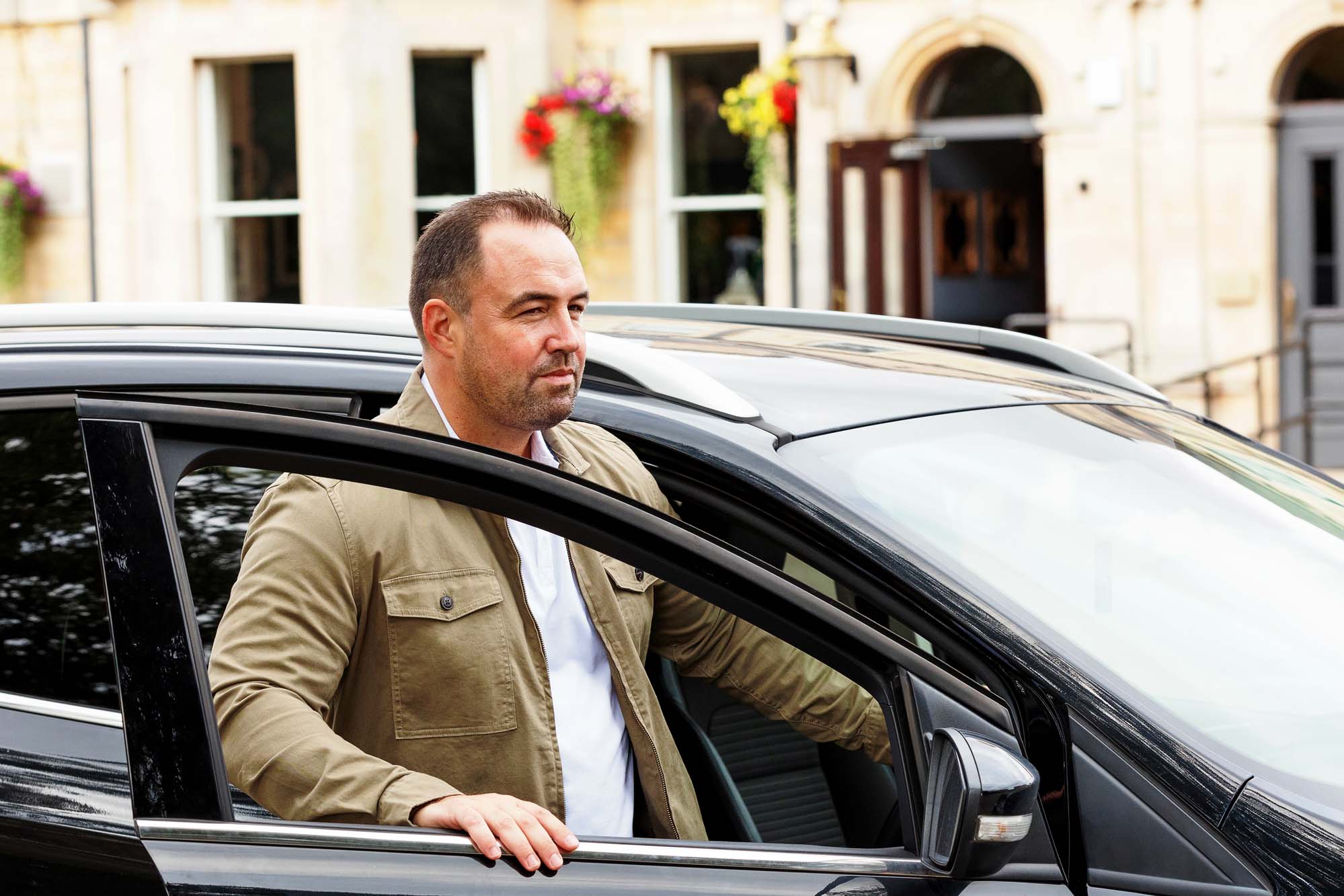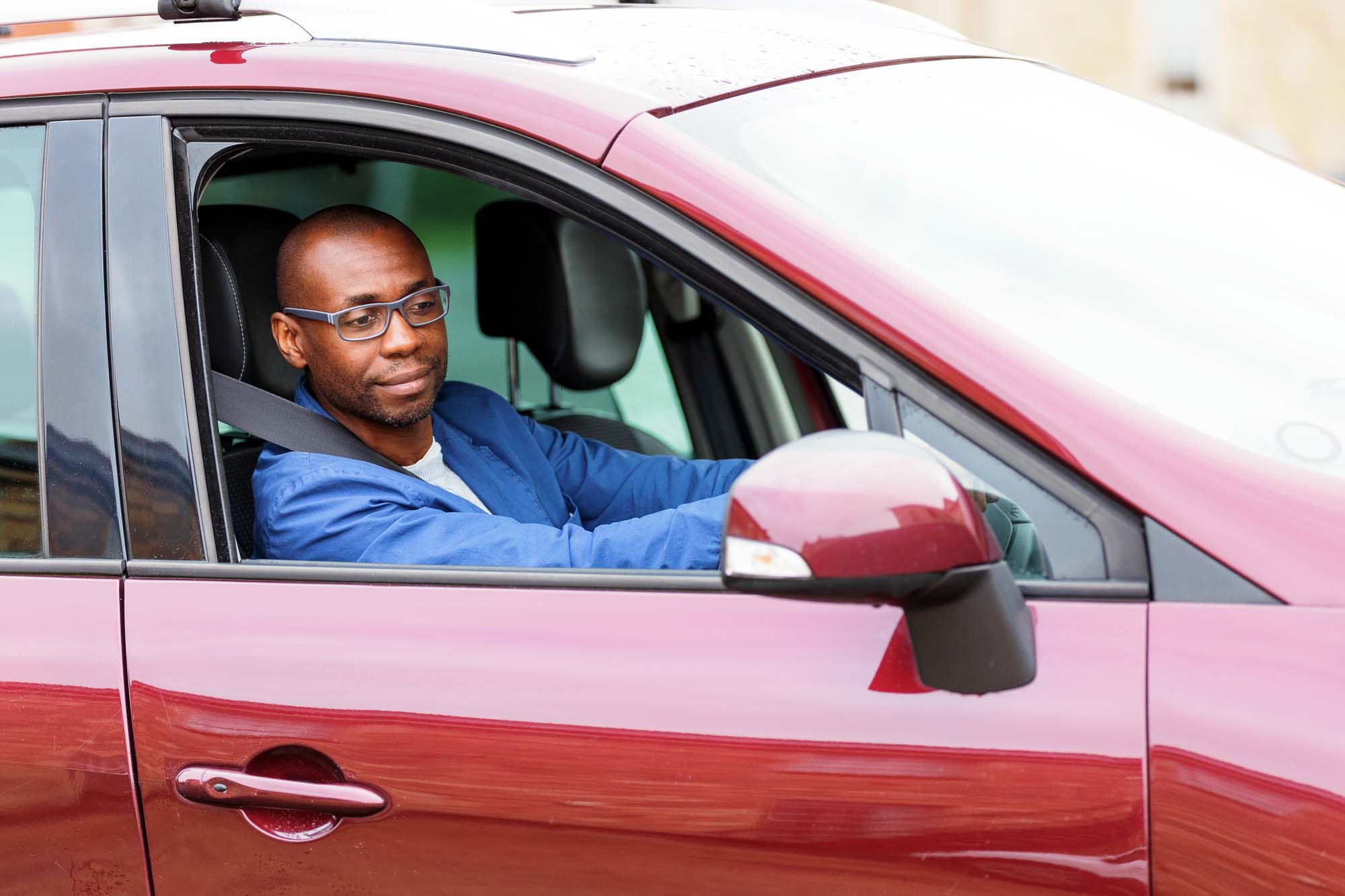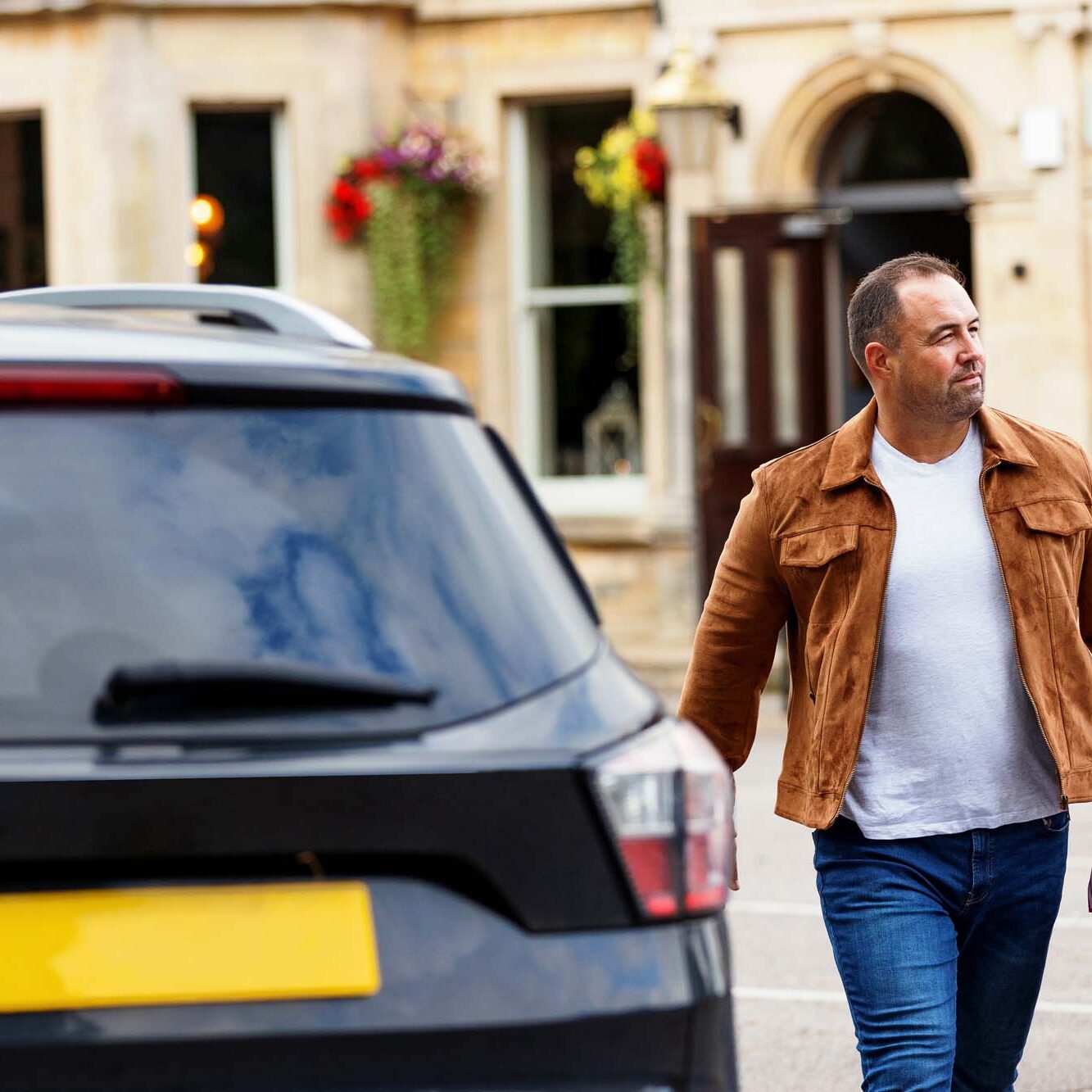The Best Way to Get to a Festival This Summer
Comments Off on The Best Way to Get to a Festival This SummerFestival season is nearly here – and that means unforgettable lineups, muddy memories, and one big logistical challenge: getting there. Whether you’re Glasto-bound or heading for a countryside weekender like Green Man, your travel plans matter. No one wants to start their weekend stressed, stuck on public transport, or late to their favourite set.
That’s where we come in. With flexible, affordable temporary car insurance, you can borrow a car and hit the road on your own terms, without the hassle of trains or coaches. If you don’t travel light, you can even use temporary van insurance to borrow a roomier vehicle for your festival journey. Below, we’ve shared our top festival travel tips, plus a ready-made playlist to keep the vibes high all the way to the gates.
Our Top Festival Travel Tips
Travelling to a festival doesn’t need to be stressful. Here’s how to stay safe, stay smart, and actually enjoy the journey.
#1 Create the Ultimate Festival Playlist for Your Journey
No road trip is complete without a top-tier playlist. It sets the tone for the weekend, lifts everyone’s mood, and helps the miles fly by.
Based on Spotify data*, here are some of the most popular tracks for 2025 festival-goers:
- Kasabian – Fire
- Kasabian – Shoot the Runner
- Starsailor – Good Souls
- Vampire Weekend – A-Punk
- Pulp – Common People
- Sammy Virji – If U Need It
- Hozier – Someone New
- James Bay – Hold Back the River
- Kasabian – Underdog
- Rooler – Into the Wild
No matter your genre – indie, metal, pop, or techno – make sure your playlist is prepped and downloaded before you set off.
#2 Plan Your Route in Advance
Festival sites are notorious for traffic, road closures, and limited signal. Don’t rely on patchy phone reception or guesswork. Download your route offline, check live traffic before setting off, and have a backup plan in case you’re diverted.
It’ll save you time, stress, and unnecessary fuel stops – especially after a long weekend when all you want is a hot shower and your own bed.
#3 Prepare the Car Carefully
Before you head off, ensure your car is safe and roadworthy by carrying out some basic car maintenance checks. Also, check that you’ve packed the essential items for your road trip, including a breakdown kit, chargers, snacks, and hydration.
Tempted to bring your whole wardrobe? Think again. Overloading your car affects braking, handling, and visibility, and could land you with a £300 fine and 3 penalty points. Prioritise safety over festival fashion (even if the cowboy boots are calling).

Why Driving is One of The Best Ways to Get to Festivals
Whether you’re borrowing a car or sharing the drive with mates, getting to a festival by car just makes sense.
Convenience: When you drive, you’re in control – no waiting for delayed trains or squeezing into packed coaches. Set your own schedule, plan your stops, and bring everything you need (without having to drag it to and from a train station miles away).
Comfort: Camping gear, food, glitter, and three days’ worth of outfits? It’s a lot to carry. Driving means less stress on your shoulders – literally. You’ll arrive fresher and more relaxed than the coach crew who’ve been on the road since 6am.
Cost Savings: Train travel isn’t just stressful – it’s expensive. Here’s how much you could save by using temporary car insurance instead, and driving down to a festival with your friends:
Glasgow to Glastonbury: Train Ticket £285.89, Daily Cover & Fuel £72.34, Potential Savings £213.25**
London to Glastonbury: Train Ticket £137.19, Daily Cover & Fuel £44.25, Potential Savings £92.94**
Leeds to Glastonbury: Train Ticket £163.09, Daily Cover & Fuel £52.60, Potential Savings £110.49**
Even with 4 days of cover (around £34.35), you’d still save significantly – and that’s before you split fuel and insurance costs between mates.
How Temporary Insurance Can Help You Get to Festivals This Summer
If you don’t own a car or just want to be able to share the driving with friends, temporary car insurance is your shortcut to freedom. Using it to help you drive to your favourite festival this summer means you can:
Borrow a Car with Confidence: Planning to borrow someone else’s car for your festival road trip? Our temporary insurance lets you get fully covered in under 2 minutes, whether it’s for a few hours, a day, or the whole weekend. You’ll be insured to drive someone else’s car without affecting their annual policy or no claims discount. It’s a quick, flexible, and reassuring way to be able to either borrow someone’s car, or let others split the driving with you…
Share the Driving: Festival weekends are exhausting. If you’re not up to driving home safely, don’t risk it. With short-term cover, someone else in your group can step in and take the wheel as a last minute designated driver – no stress, no hassle.
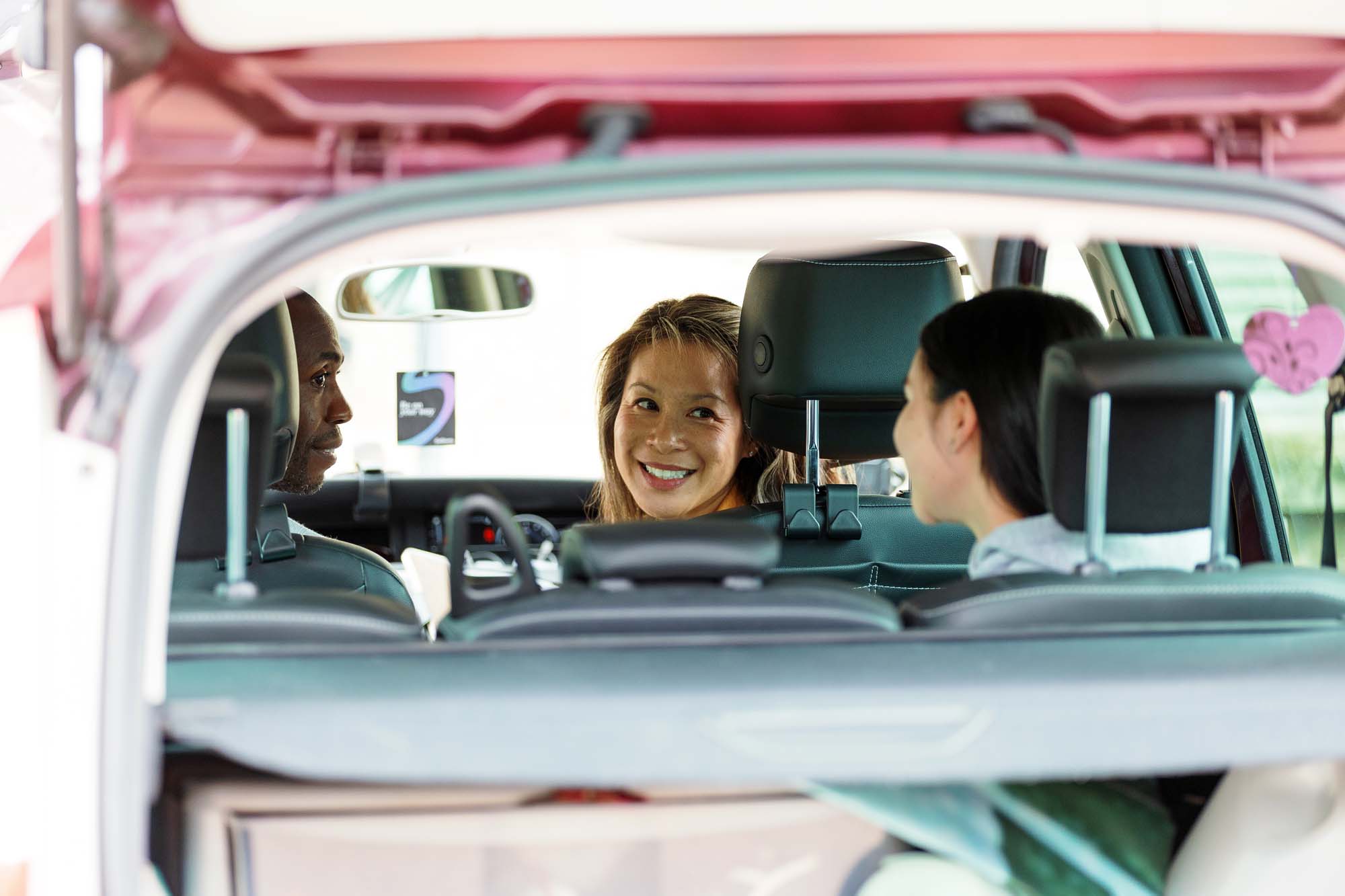
Embrace Spontaneity: Bagged last-minute tickets? Decided on a road trip 24 hours before the gates open? No problem. Get temporary cover sorted in minutes and head off without relying on sold-out coaches or awkward train transfers.Temporary insurance is the easiest, most flexible way to get to a festival this summer. Save money, stay in control, and keep the fun going from the first song on the playlist to the last mile home. Get a quote today and get cover in under two minutes for your next festival journey.
* Spotify playlist data was mined for our top 10 list, using the songs that appeared the most across festival-related playlists.
**These figures are based on National Rail ticket data as of May 16th, 2025, and sharing a Ford Focus Estate with a miles per gallon (MPG) of 45 and petrol costing 148.80 per litre. Insurance prices are based on the lowest sold prices over the period 10/24 to 03/25.
